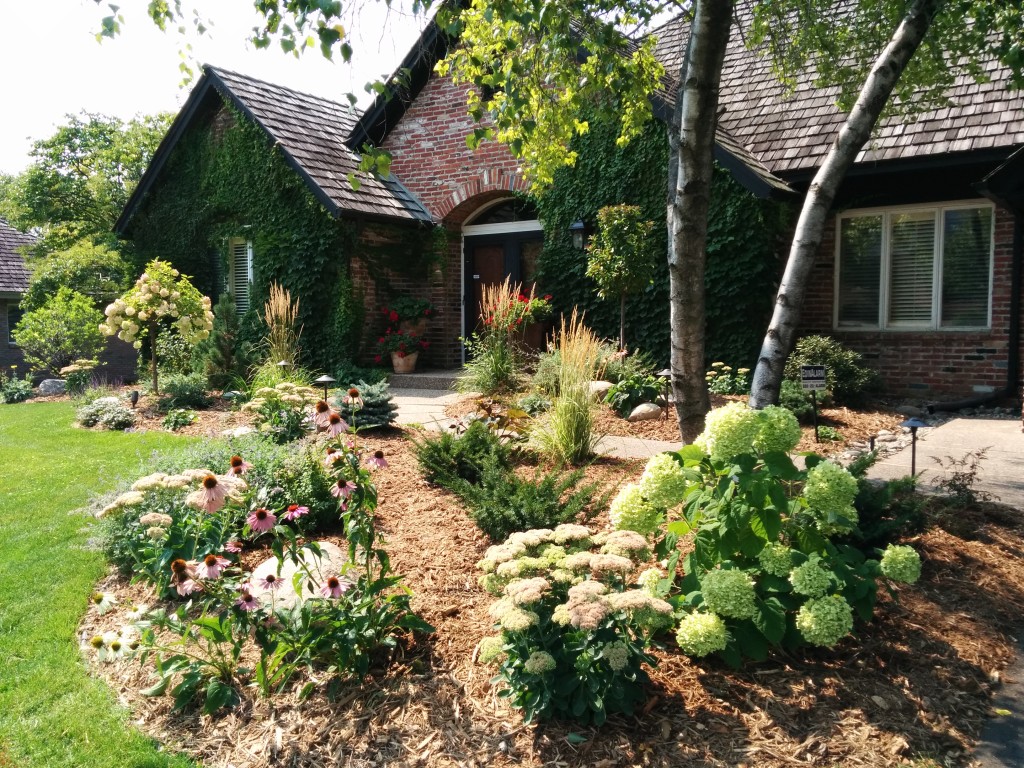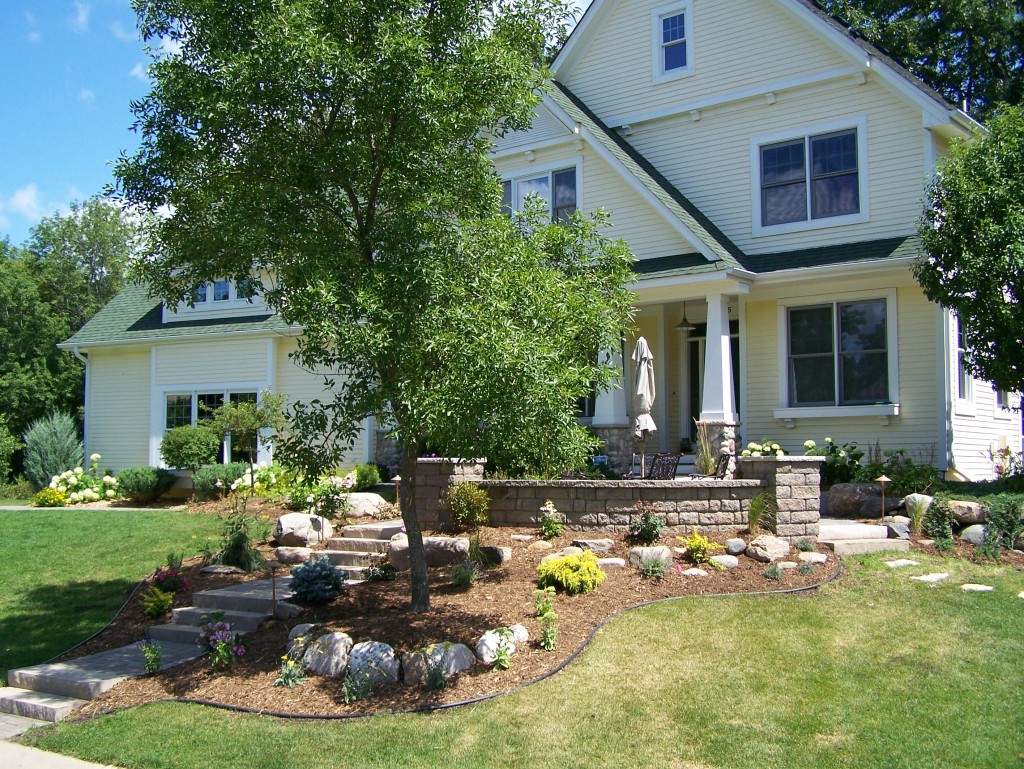It’s spring, and that means gardeners are starting to dream about their gardens and flowerbeds. The whole growing season is ahead, and everyone has visions of lush, blooming flowers or gardens full of produce. There are many benefits of perennials and they are often a favorite for growers because they are low maintenance and return year after year.

Benefits of Perennials
Choosing the right plants for your space can be as fun as it is challenging. There are so many factors to consider, but the first decision to make is whether perennials are the right choice for you.
Primary types of plants
There are two primary types of garden and flowerbed plants: annuals and perennials (though gardening aficionados will be quick to point out there are some plants, called biennials, that are exceptions and last two years).
Annuals complete their entire life cycle in a single year. Perennials, on the other hand, live for several years. After flowering and dying back, the roots remain and produce a new crop the following year.
Annual plants have benefits of course, but can also cause problems, especially in large-scale agriculture operations, for example.
Less annual maintenance
One of the biggest advantages of perennial plants is that they don’t need to be replanted every year. Gardeners can save time and energy by not clearing flowerbeds of last years plants, sowing seeds, and composting and mulching an area every year. Plus, once perennials are established, they generally need less care as their root systems are able to give them the nutrients they need.
Soil Structure
Because perennials remain in the soil for multiple years, the root systems help improve the soil structure. As they grow and spread their roots, the soil is aerated and channels are created for water to travel through the soil. This helps both the perennial plants and other plants in the area get the oxygen and water they need.
Nutrients
Perennials have a deeper root system than annual plants and are able to reach nutrients that are further down in the soil. They bring those nutrients to the surface where other plants are able to access them. Nitrogen, for example, is a particularly useful element for plant growth that perennials help draw upwards.
Water
Just like nutrients, the root systems of perennials also draw up water from lower in the soil profile. Again, this moisture becomes available to other plants with shallower root systems. It also helps prevent the soil from drying out and becoming susceptible to erosion.
Cover
When perennials die back, many of them retain their foliage. This creates a soil cover, similar to a cover crop, that protects the moisture in the soil from evaporation by the sun. It also helps maintain a strong soil structure and prevents erosion by wind and rainfall.
Propagation
Perennials may last a long time, but sadly, they don’t last forever. Fortunately, many perennials are easy to propagate by dividing the plant’s root system. Sections of the root clump are carefully divided and then replanted to produce new plants.
Variety
With a little bit of planning, it is possible to stagger the blooming of your garden. Annuals tend to all bloom in the same period, but with perennials, you can get blooming flowers from early spring up to the first frost.

 Contact 612-483-GOAT
Contact 612-483-GOAT